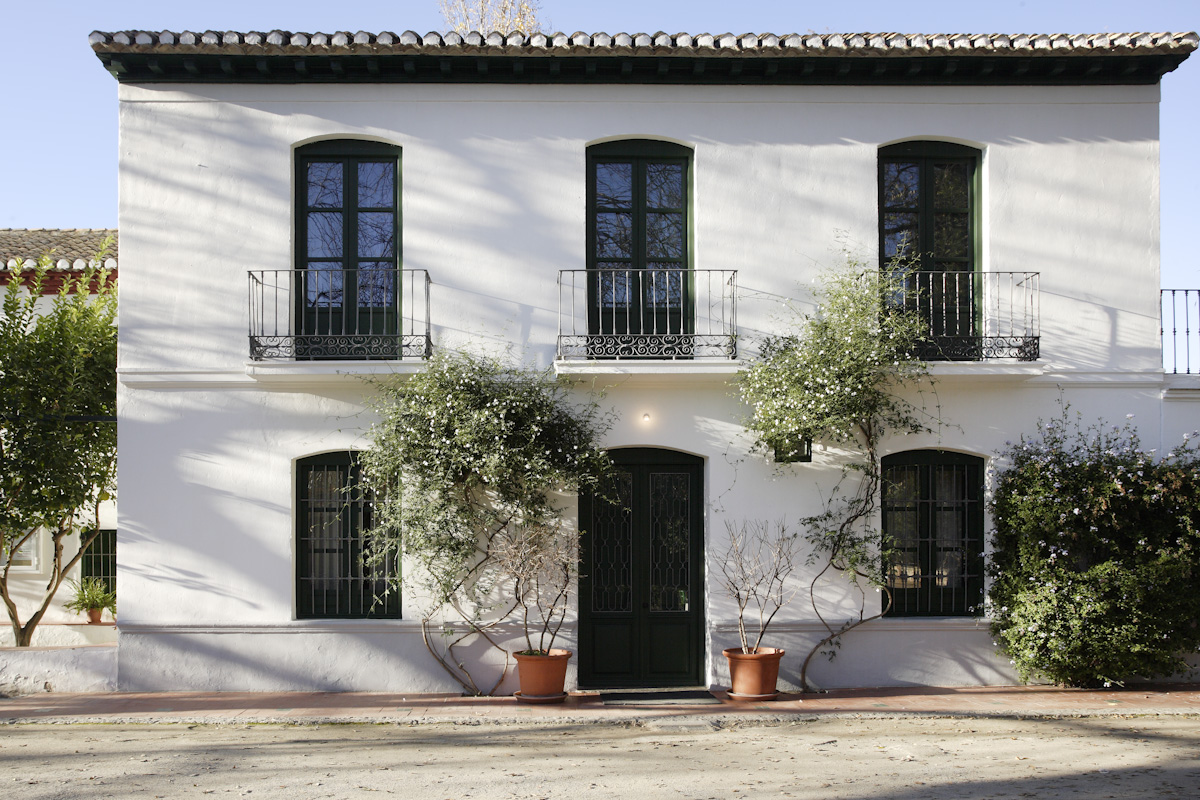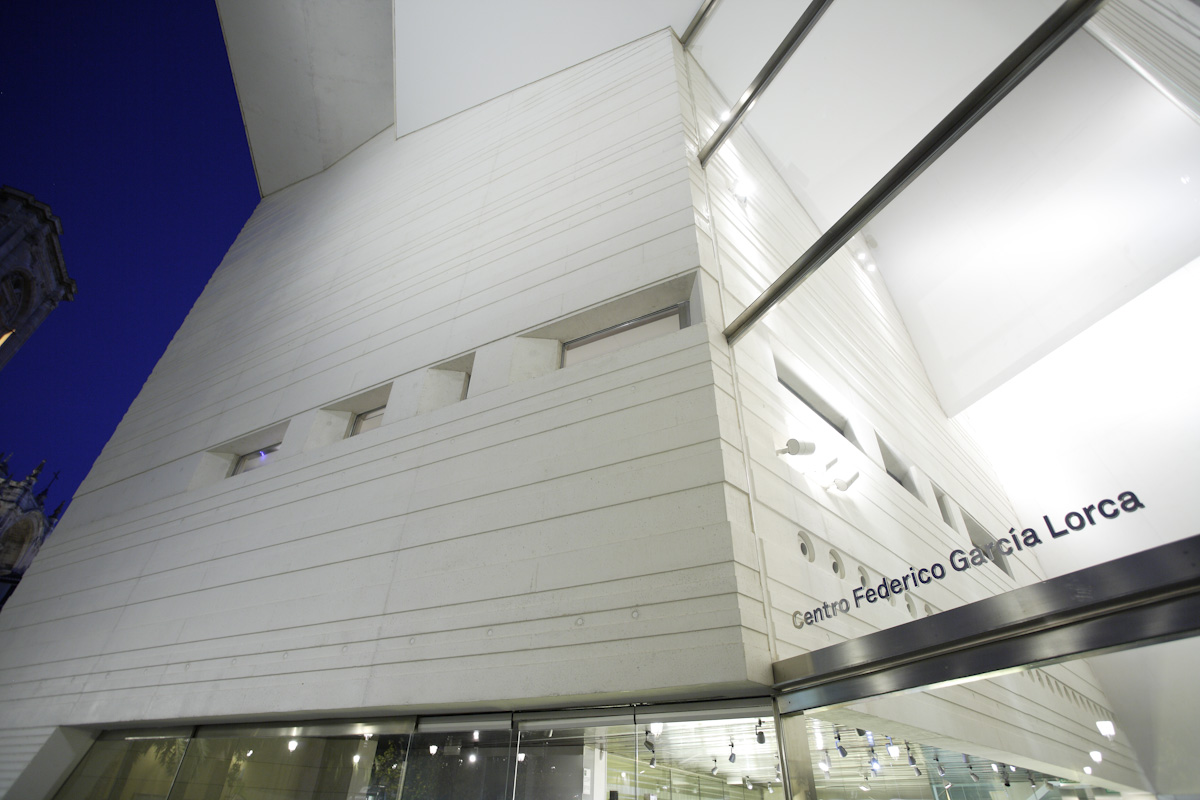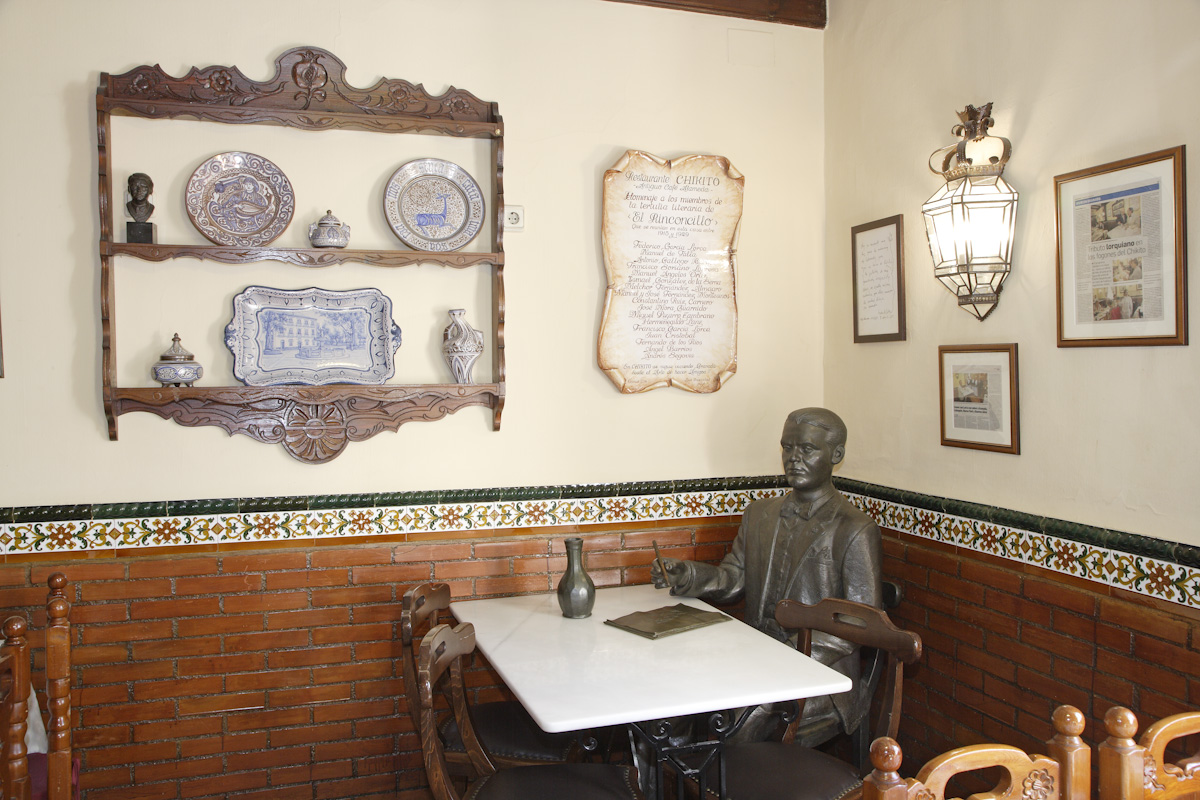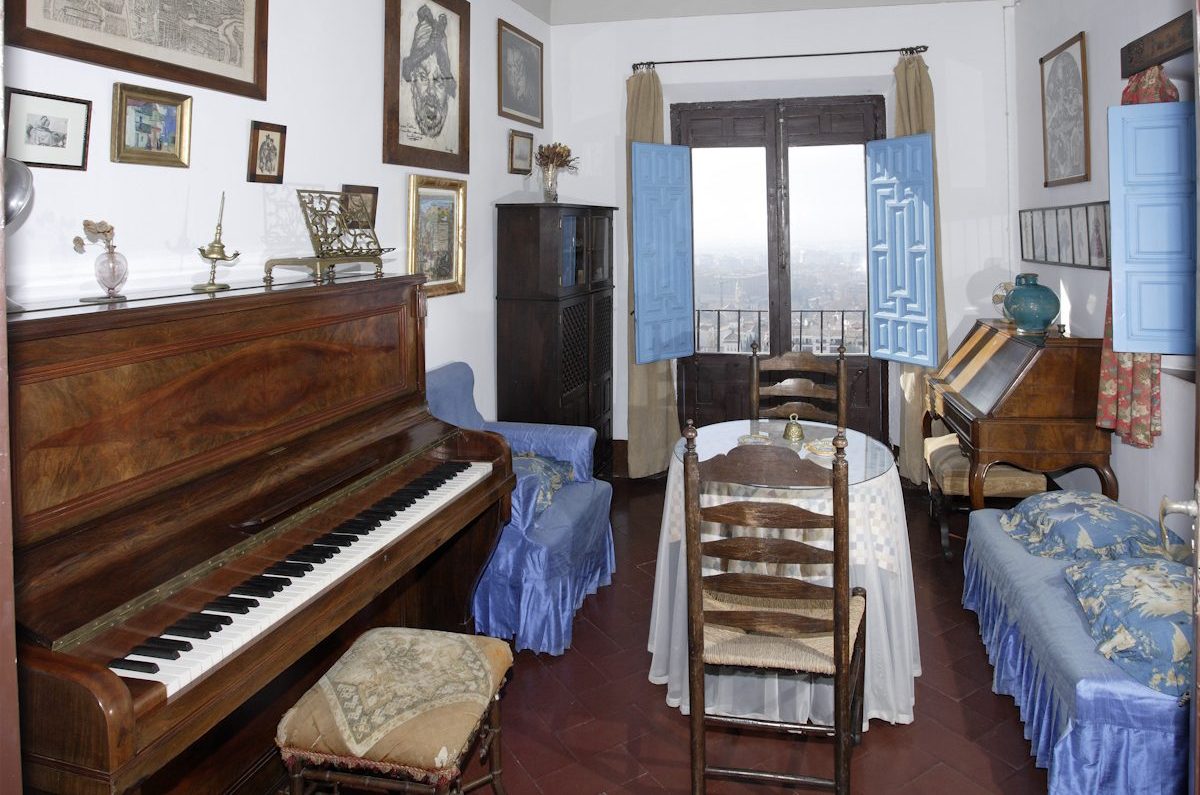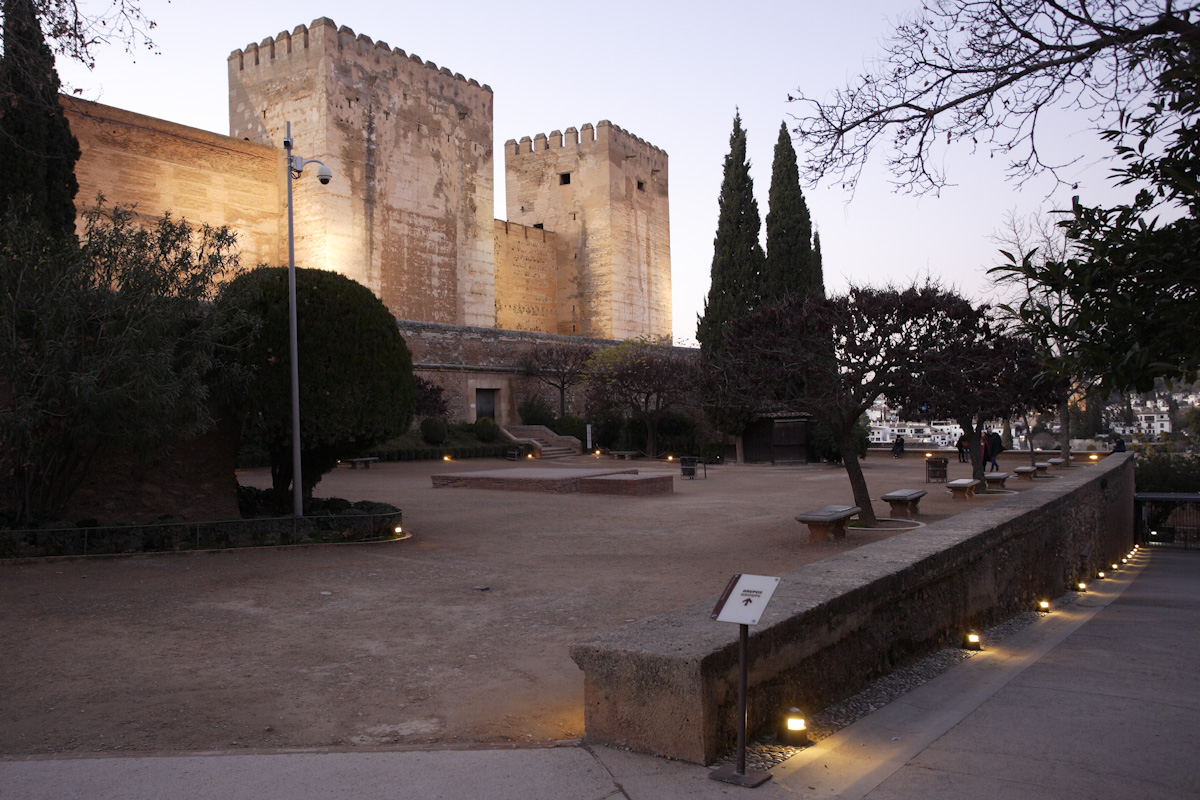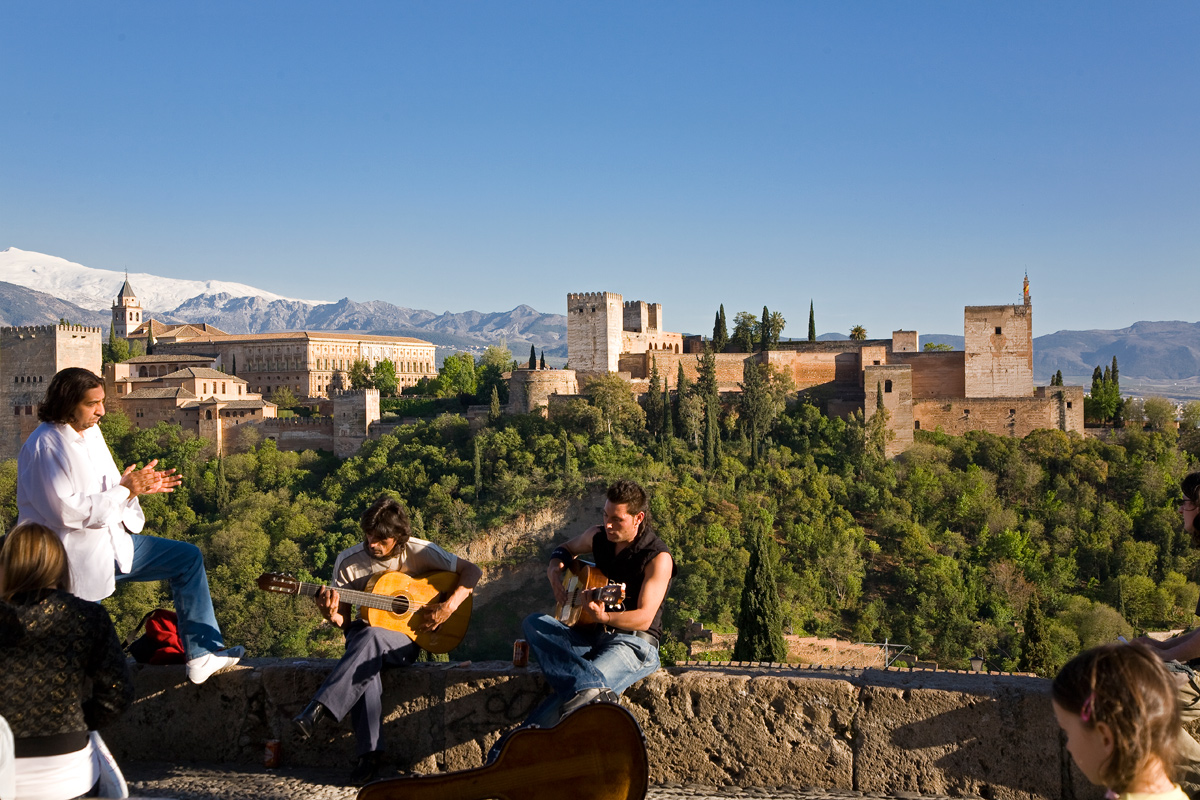Route for walking and/or taking public transport in Granada. It covers some of the most emblematic and beautiful corners of the city, which also had a link with Federico García Lorca, for being the poet’s residence, a place of inspiration for his work or meeting with other notable figures of the cultural life of his time.
Route data
- ROUTE LENGTH:
- 6 kilometers
- ESTIMATED DURATION:
- 1 day (90 minutes walking)
- HOW TO DO IT:
- On foot and/or public transport Download
Places that make up the route
The country house, today converted into a museum, where Lorca’s family enjoyed the summers from 1926 onwards. The place where he worked on works such as ‘Yerma’, ‘Blood weedings’ or ‘Gypsy Romance’ and where he spent some of the best and worst hours of his maturity (love breakups, anxiety due to criticism) until the tragedy of 1936.
It is a cultural institution dedicated to the research of Federico’s life and work, as well as to the dissemination of his literary production. The magnificent building houses all kinds of contemporary artistic manifestations. It has an auditorium, exhibition halls and a library with a vault that holds the poet’s legacy.
Chikito is one of the most traditional restaurants in Granada. It occupies the site of the historic Café Alameda, where the most brilliant intellectuals and creators of the city established the headquarters of the gathering El Rinconcillo. Its most glorious period took place between 1915 and 1922, with Lorca, Falla, Lanz and de la Serna as members.
The composer Manuel de Falla lived in this house next to the Alhambra, which Lorca visited assiduously, between 1922 and 1939. In 1962 it was converted into a museum with an unprecedented meticulousness, respecting even the humidity and the disorder of the drawers: it had to give the visitor the impression that the master had gone out and would be back in a while.
It is the main access to the Alcazaba of the Alhambra and its portentous viewpoint offers stunning views of the Albaicín neighborhood. It was the scene of the Deep Song Contest of 1922, the historic first national flamenco competition organized by the Centro Artístico de Granada and that had Lorca and Falla as promoters.
The ensemble formed by the Church of San Nicolas, the cistern and the square with its spectacular viewpoint define the relationship of beauty and harmony of the Albaicin neighborhood, the Alhambra, the Darro Valley, the old Granada and the horizon of the Vega. The contemplation of these views inspired Lorca, who enjoyed them in his youthful walks.
Federico García Lorca and his family moved from the Vega to Granada in 1909. They exchanged the “sweet golden poplar” for “the city of grays without skeletons” in which everything “runs, plays and escapes”. In September 1908, Federico passed the high school entrance exam in Almeria and, at the beginning of the following year, he was ready to study the first course. But a phlegmon and the melancholy of the distance forced his parents to change their plans: they all moved to Granada, although they did not lose contact with the Vega, since the maids, the many relatives and the long summers guaranteed the link between the two areas.
The first house (a house of several heights with garden, fountain, frogs and cats) recalled the rural environment of the Valderrubio farmhouse, although it was located in the heart of Granada: the Acera del Darro. There, as Francisco García Lorca wrote, the children began to urbanize their peasant childhoods. They gradually conquered spaces in that city “still and fine, girded by its mountain ranges and definitively anchored”, that is to say, immobile, with no exit to the outside other than “its natural high port of stars”, and transforming them into life or literature.
The lexical economy and a point of laziness allowed us to begin and end by saying that Granada is the only place that belongs to Lorca: a place with many streets, slopes, sidewalks, cafés, houses, orchards, squares and casinos, each populated by many different people and memories. Or rather, a multiple place with derivations impossible to count. Federico, in every place he went, in every door he pushed, in every tertulia he frequented, was founding one of a “Lorca’s places” surely worthy of remembering.
This route includes some spaces, those considered most important, and briefly alludes to those that no longer exist. The location of the missing spaces helps the walker to get an idea of the dimensions of a city that “loved the tiny things”, including its proportions. And to imagine how it was in its time and the severity of urban mutilation that it has suffered in a century.
With this route the curious traveler will be able to tour the luminous orchards where Federico wrote and the dark corridors where his murder was forged; the favorite cafés where he met with that generation of admirable creators; the houses of his friends; the set of squares and streets where he walked; the pure or veiled light that guided his steps and the ghosts of the destroyed buildings that are not resigned to disappearing and howling at night in his memory.
